Where to watch wildlife in the Northwest Territories
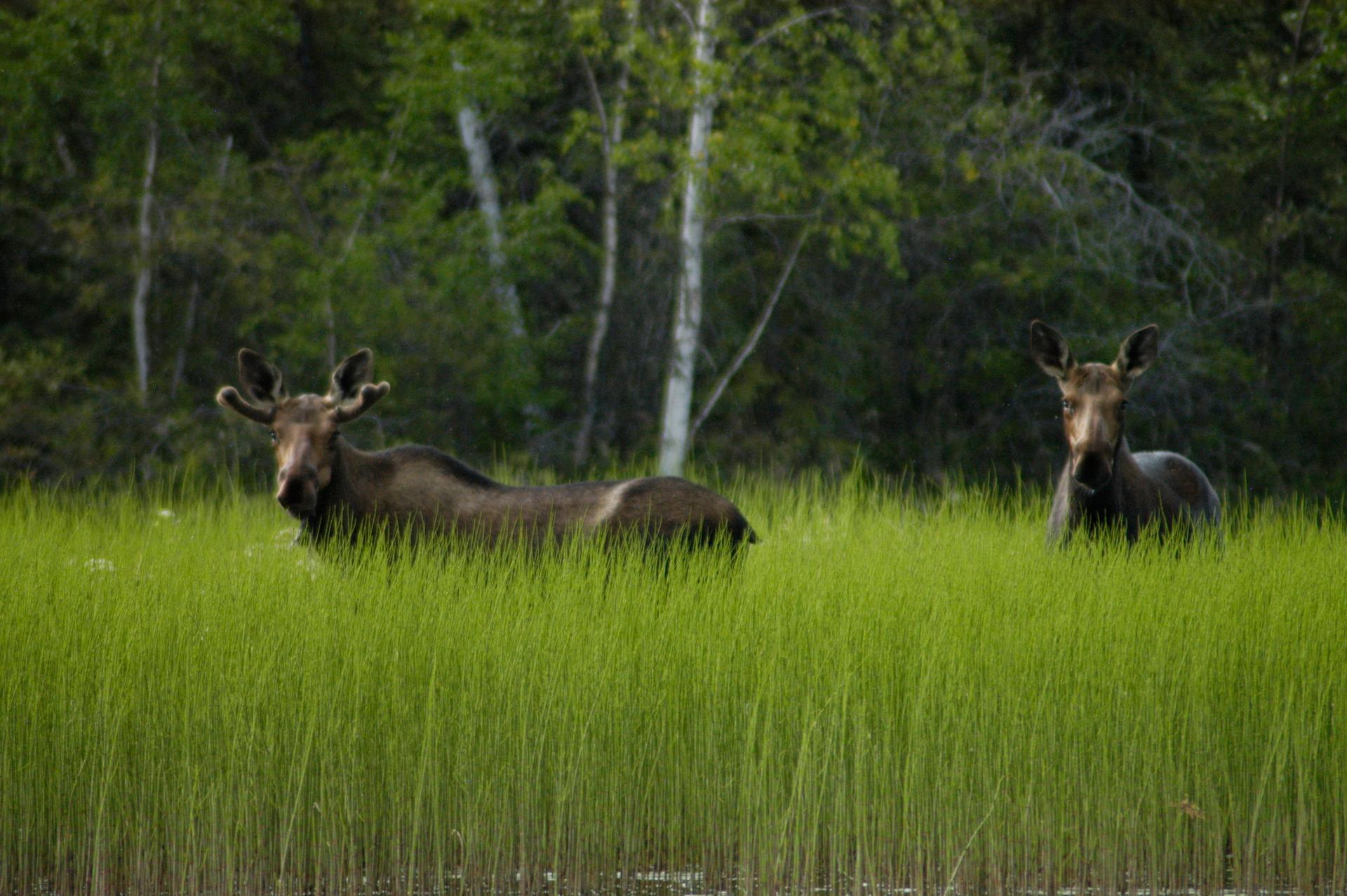
This post originally appeared on the Spectacular Northwest Territories website.
The Northwest Territories is a polar Serengeti, patrolled by strange beasts and rare birds. Sometimes these critters are elusive - and sometimes they're right in front of your eyes, blocking the highway or perched above your campsite. What should you look for - and where should you look? To find out, here's an insider's guide to 13 must-see species:
Muskoxen
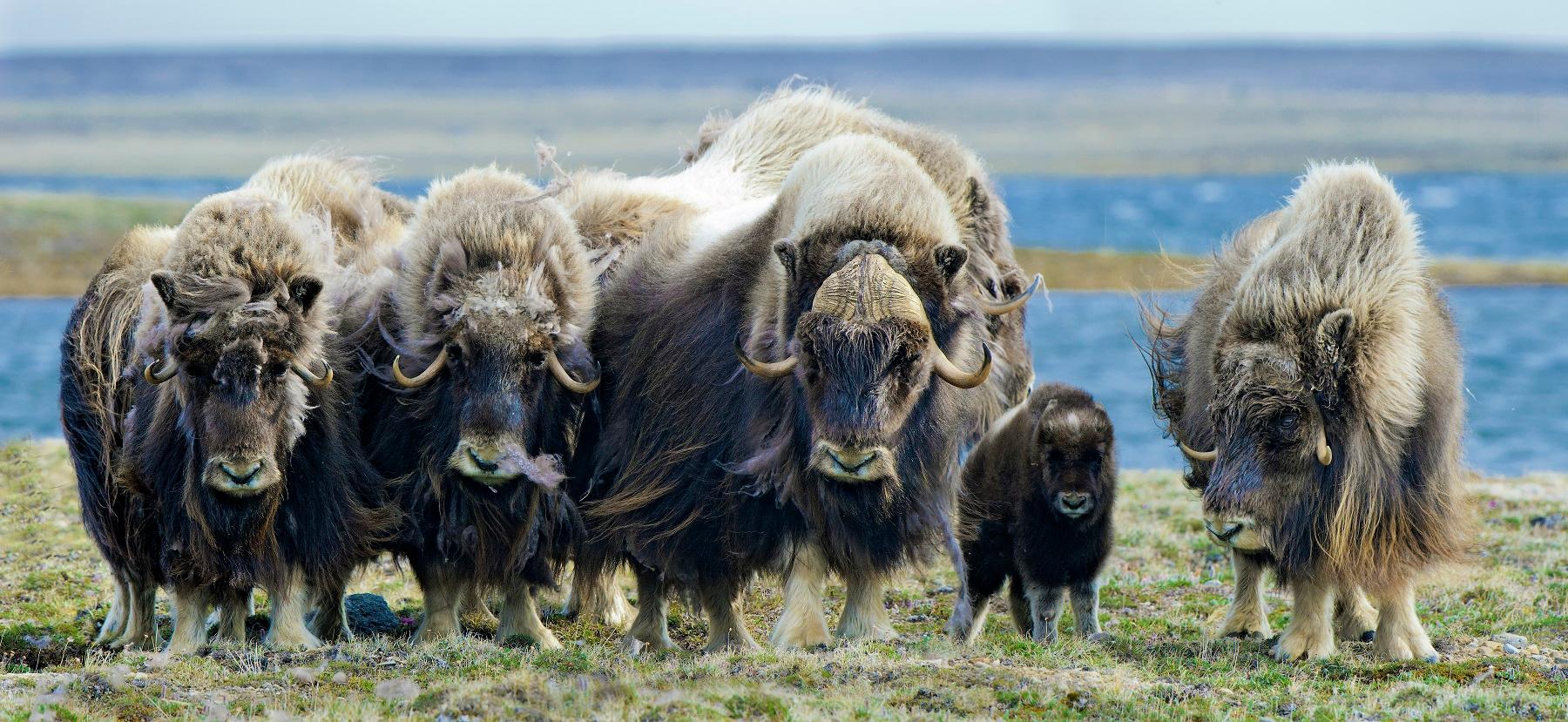
As tall as a man's chest and weighing up to 700 pounds, these sheep-like ungulates are leftovers from the Ice Age. They sport an underlayer of extremely warm wool, covered by a shaggy mane of dark-brown hair. They thrive on a diet that includes willows, rushes, and crowberries.
Where to see them:
The majority of the world's muskoxen live on Banks Island, in the High Arctic. Visitors to Aulavik National Park are almost sure to spot them, often up close and personal. The beasts also pop up in many other regions of the Northwest Territories, including on the East Arm of Great Slave Lake and along the central Mackenzie River. A few years back, one even made an appearance at popular Cameron Falls, just outside of Yellowknife.
White pelicans
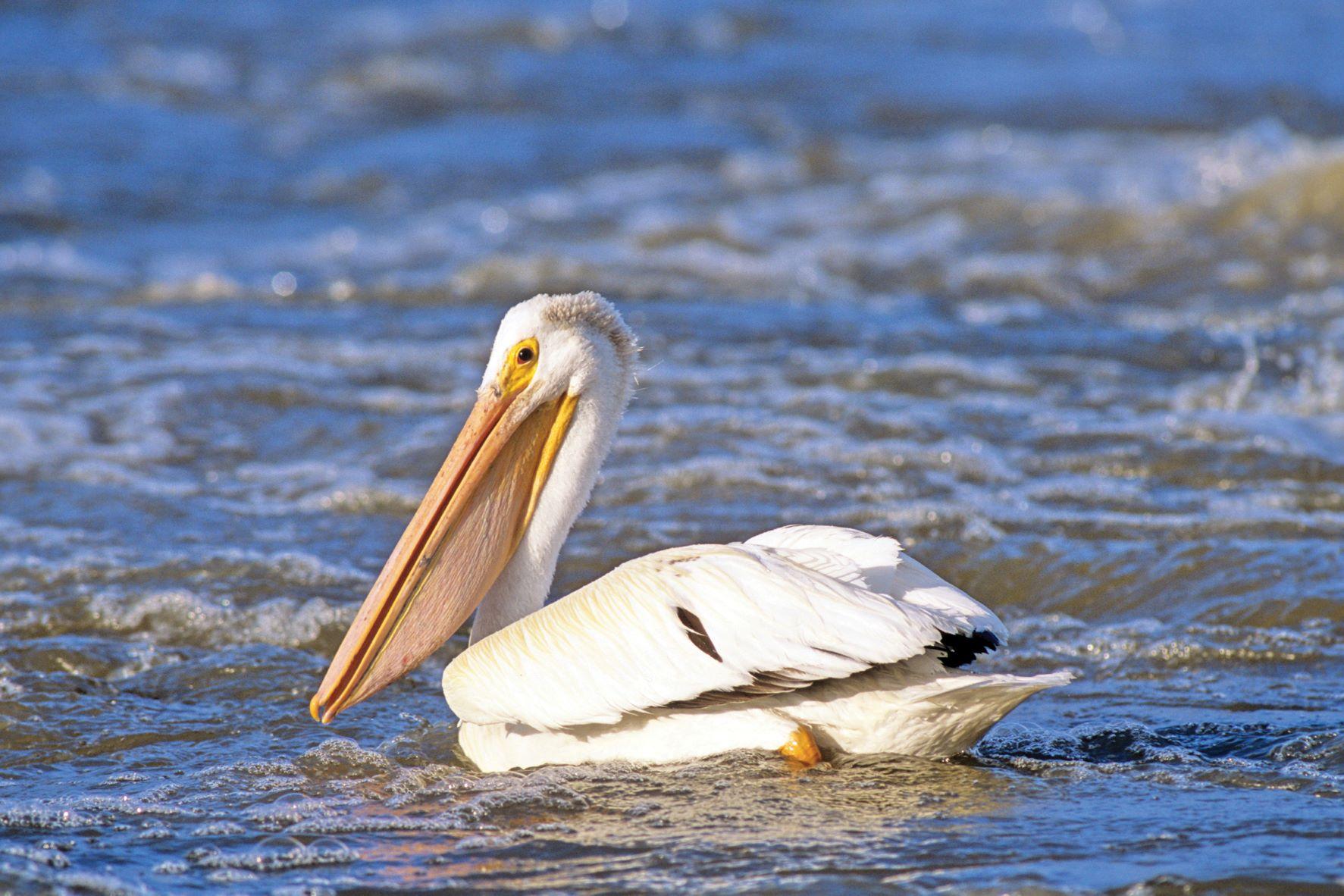
With a wingspan of up to nine feet, a 15-inch-long bill, and a prodigious throat-pouch, this big white bird is one of the most striking inhabitants of the Northern sky. Adults gobble up more than four pounds of fish per day.
Where to see them:
By far the best place to see white pelicans in the Northwest Territories is in the Slave River Rapids, just offshore from Fort Smith. The birds nest in great colonies on mid-stream islands, using the frothing current as protection from predators and a hunting ground for succulent fish.
Moose
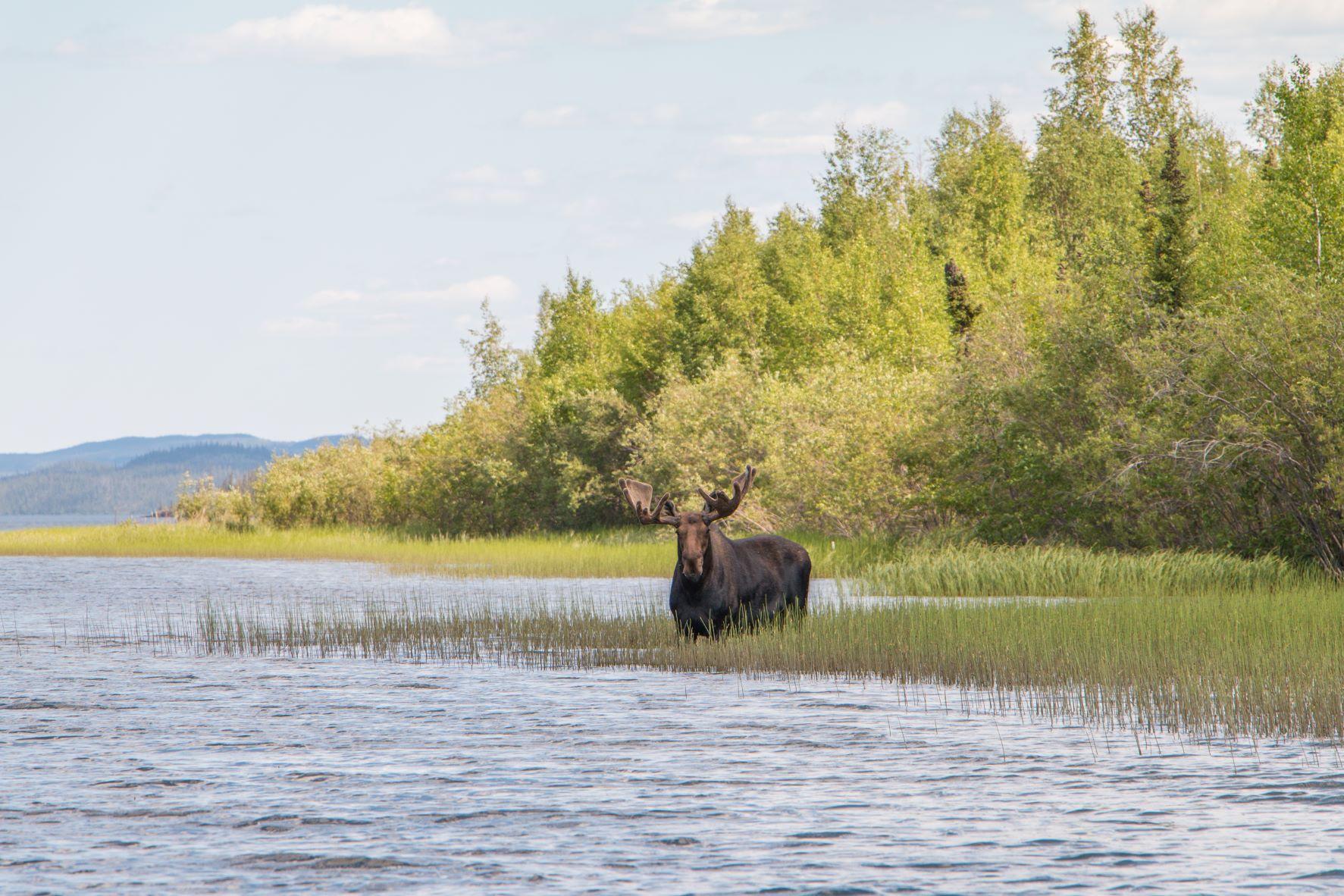
Sometimes topping six feet at the shoulder and weighing more than 1,000 pounds, moose are the kings of the deer family. Male moose typically sport a sprawling set of antlers. In summer they feast on pond weeds and waterlillies; in winter they switch to nibbling trees.
Where to see them:
Moose are nearly ubiquitous in the mainland Northwest Territories, but as lonesome wanderers, there's no telling when or where you'll see one. To increase your chances, head for the Liard Highway or up into the Mackenzie Mountains.
Barrenground Caribou
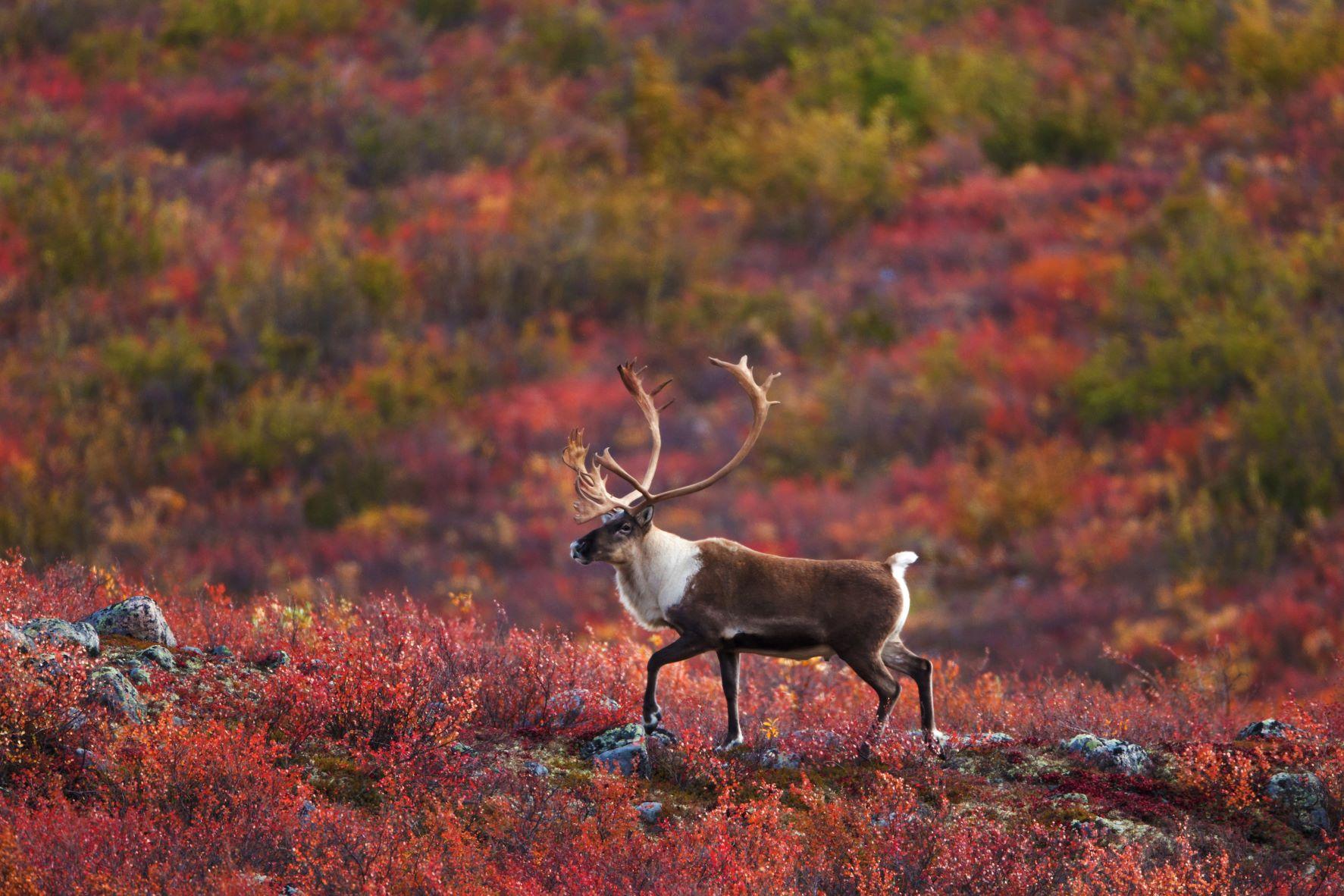
Weighing up to 300 pounds and standing more than a metre tall at the shoulder, Barrenground Caribou have traditionally been the most abundant ungulates in the Northwest Territories, and the most coveted human food-source to boot. They have long legs and broad-hooves - ideal for floating over the snow - and primarily graze on lichen.
Where to see them:
True to their name, the Barrenlands are the best place to spot these caribou. You can often see them in Tuktut Nogait National Park (its name means "baby caribou," after all) or sometimes by driving the Tibbitt-to-Contwoyto Winter Road northeast of Yellowknife.
Dall's sheep
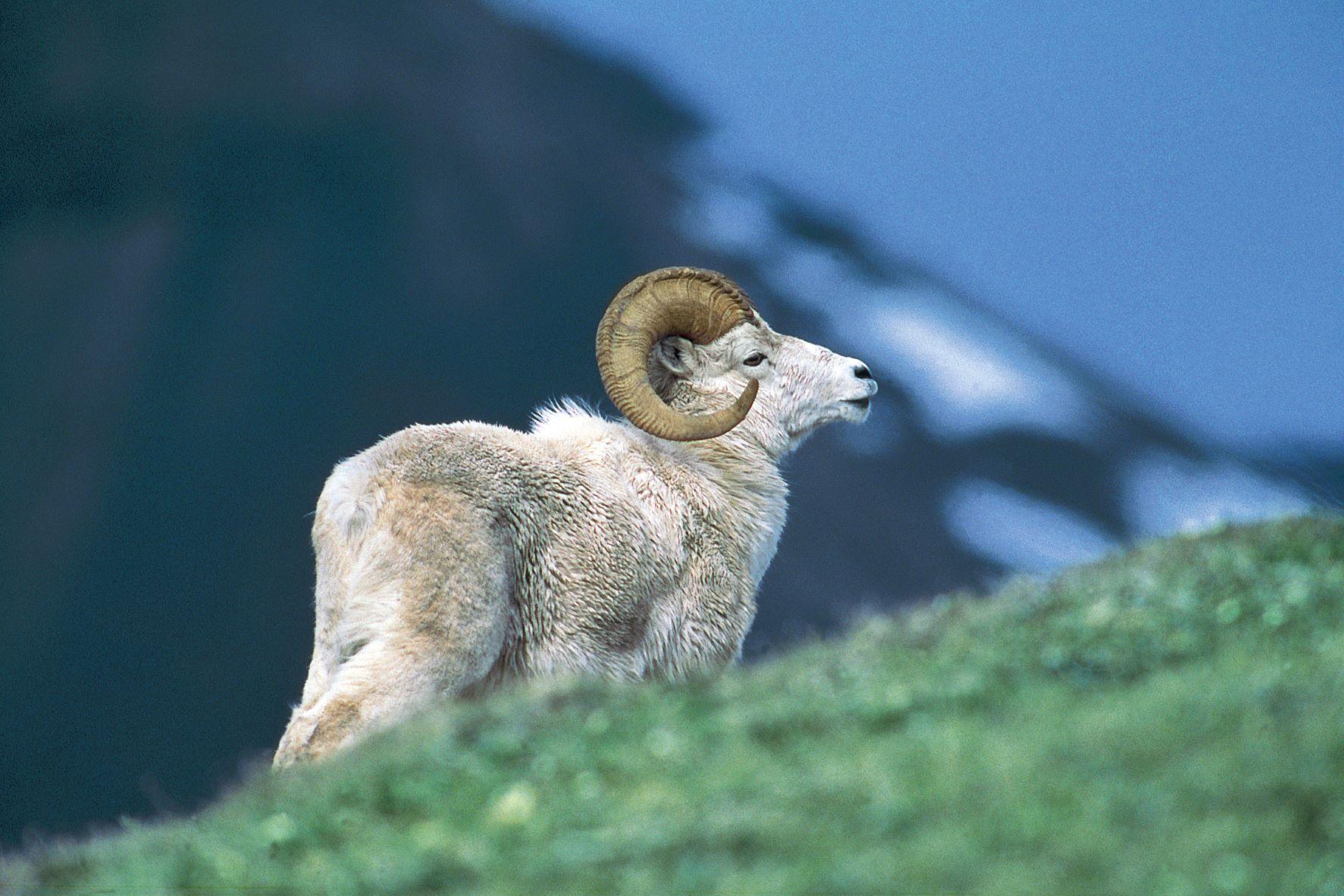
These bright-white, nimble mountain sheep typically weigh between 130 and 200 pounds, with both sexes sporting amber-coloured, curling horns. Lichen, mosses, and grasses make up their diet.
Where to see them:
Dall's Sheep are true alpinists - meaning that, to spot them, you have to head for the hills. Paddlers and hikers frequently see them wandering amongst the crags in Nahanni and N??ts'ihch'oh National Park Reserves, as well as along the Canol Trail.
Ptarmigans
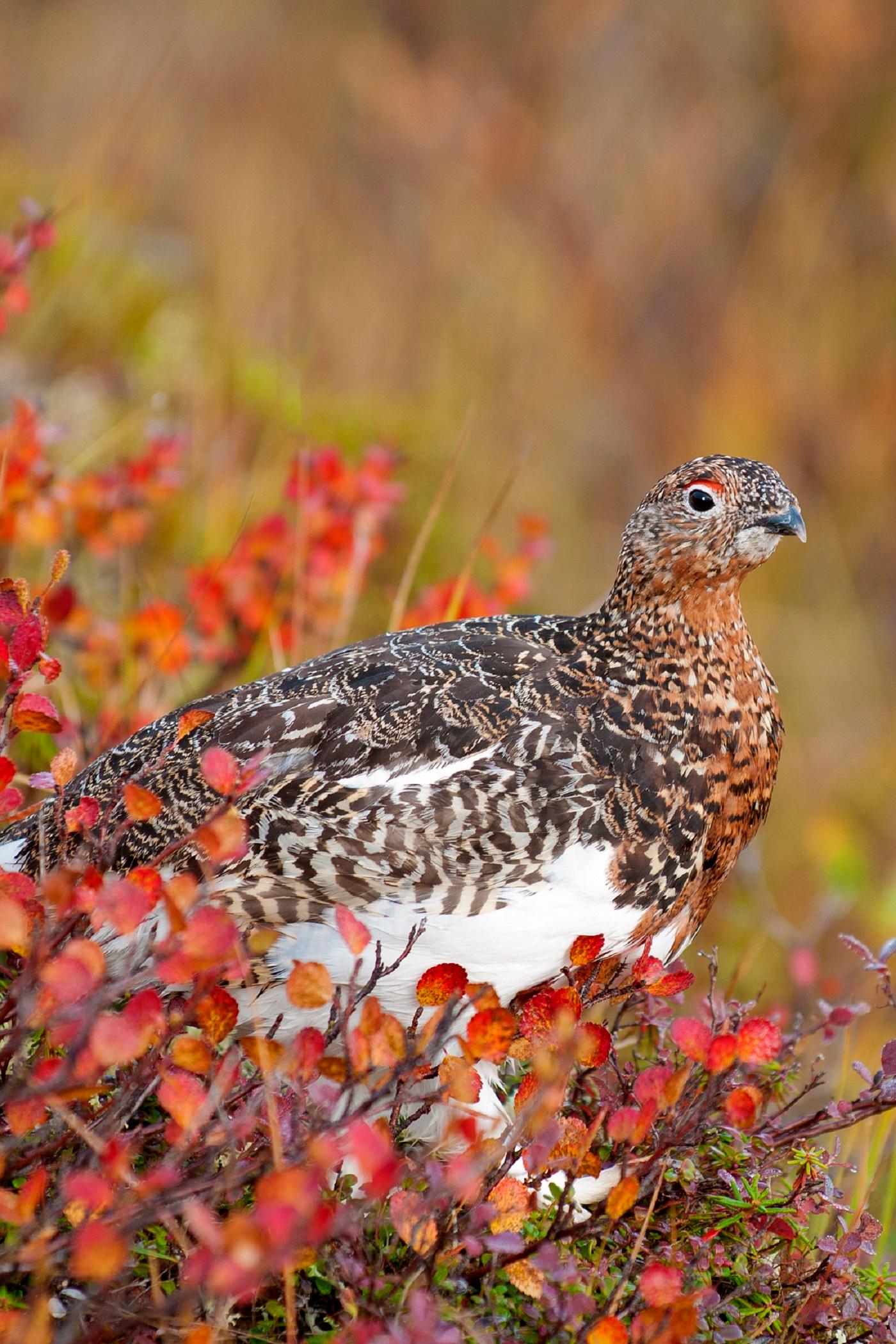
Our most beloved avian residents, these feather-footed members of the grouse family are one of the few bird species that lives year-round in the Subarctic. With brown plumage in summer and white in winter, they survive through camouflage rather than grace (flying ability: poor) or intellect (don’t drive over them).
Where to see them:
Though ptarmigans typically head for hinterlands in summer, they’re a common winter sight in Northern communities, where great fluffy flocks can often be seen scampering along roadsides or perching in low bushes.
Bison
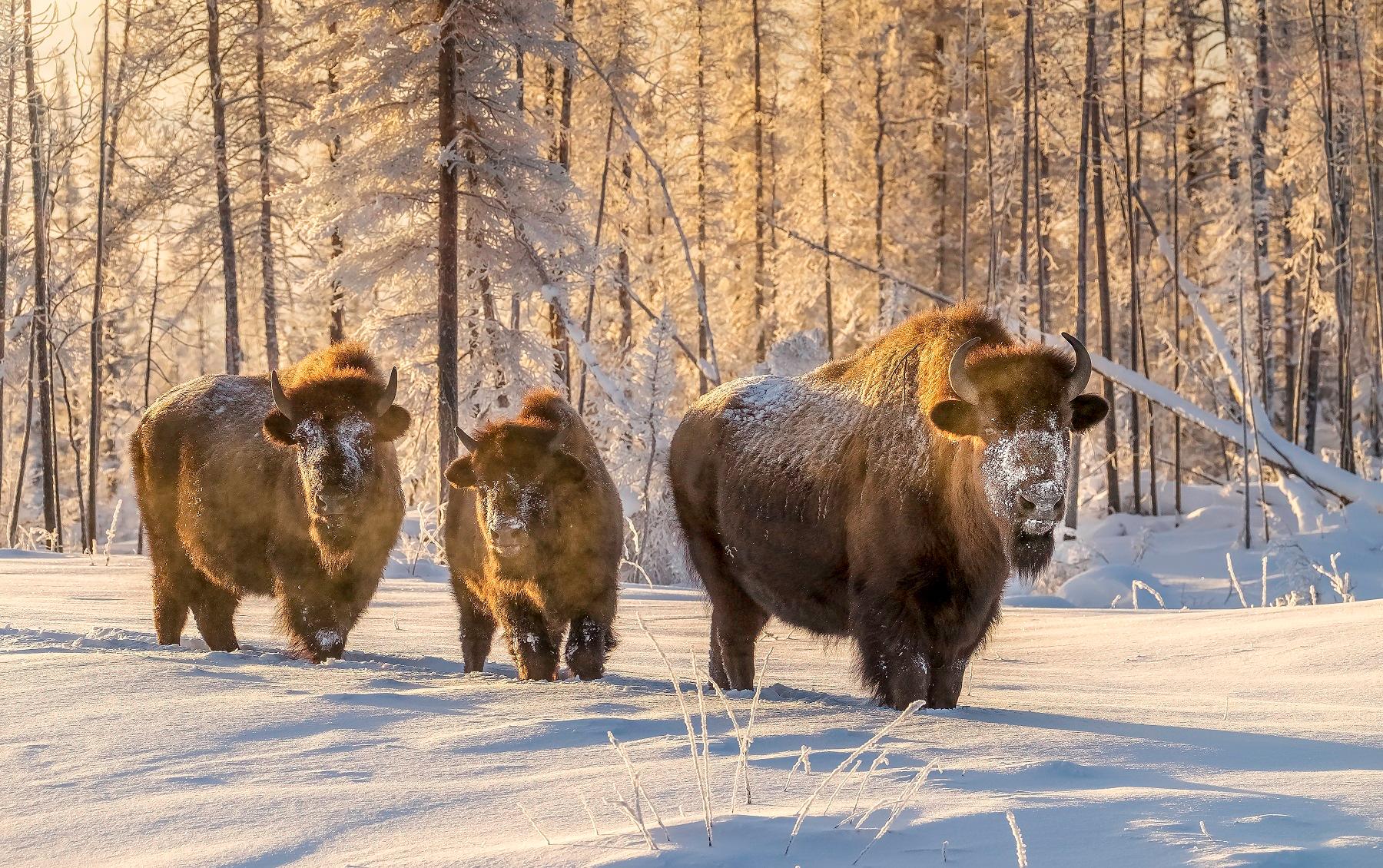
Up to six feet tall at the shoulder and weighing close to one tonne, the wood bison of the Northwest Territories are the biggest land animals in North America, dwarfing their lighter-coloured cousins on the Great Plains. They thrive on sedges, grasses, and other vegetation.
Where to see them:
Wood bison abound in the southern Northwest Territories, and are commonly sighted browsing along roadsides, where the breeze keeps bugs at bay. Look for them in and around Wood Buffalo National Park, on Highway 3 between Fort Providence and Behchoko, and on the Liard Trail.
Grizzlies

With a long snout, a prominent hump, and a ruff around their muscular necks, grizzly bears are a familiar predator in the Northwest Territories. Though smaller here than in the south, they can still tip the scales at 450 pounds. They're omnivores, eating everything from roots to muskoxen.
Where to see them:
Grizzly bears are common both in the mountains and the Barrenlands of the Northwest Territories. The likeliest place for a visitor to see one is along the Dempster Highway, where they patrol the open alpine country in search of food.
Ravens

Big, thick-billed, and inky black, ravens are a haunting fixture of the Northern landscape. Much larger than their cousins the crows, they're famously intelligent and creative, often working in pairs or teams to scavenge food and stay warm through the long Arctic winter.
Where to see them:
Just look up! Ravens abound in all of our communities. Northerners have a love/hate relationship with these croaking mischief-makers. If a raven taunts your dog, flies off with your golf ball, or nabs your sandwich, consider yourself in good company.
Polar bears
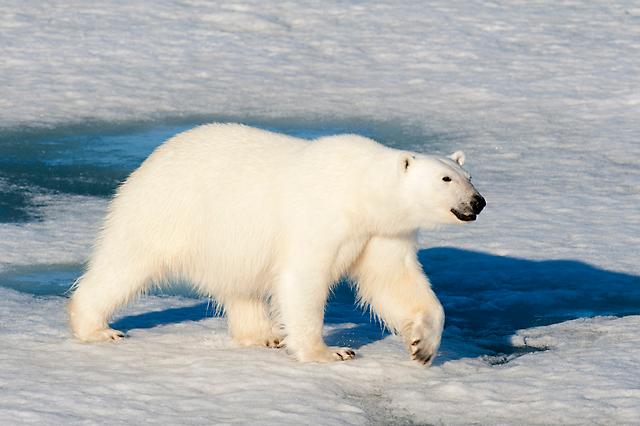
The great white lord of the Arctic, polar bears are right at home in the Northwest Territories. They are solitary wanderers, weighing 1,000 pounds or more and standing 10 feet tall. Seals are the staple of their diet.
Where to see them:
Polar bears are found all along the Arctic coast and throughout the High Arctic islands. For the best shot at spotting one, head out on a guided springtime snowmobile tour from Ulukhaktok or Sachs Harbour.
Whooping cranes
Named for its bellowing call, this is the tallest bird in North America, and one of the rarest. After flirting with extinction over the past century, the world's wild Whooping Crane population has now recovered to about 440 members. Standing five feet tall, they wade in shallow waters, catching such prey as fish, frogs, and aquatic insects.
Where to see them:
Because they're so few in number, whooping crane sightings are rare. Flocking north each spring, they typically nest deep in Wood Buffalo National Park, far from the nearest road - and from prying eyes. In recent years, however, a pair was confirmed to be nesting in the easy-to-access Salt Plains, just outside of Fort Smith.
Reindeer

A domesticated version of caribou, reindeer share their wild cousins' lanky proportions and splayed, snowshoe-like hooves. They're typically white, tan, and brown, and both sexes have antlers.
Where to see them:
Canada's largest reindeer herd, 3,000 animals strong, roams the tundra of the Mackenzie Delta. You can spot them in winter on guided snowmobile tours from Inuvik. In the spring, when they are driven to their calving grounds on the coast, you can even see them by driving north from Inuvik on the ice road.